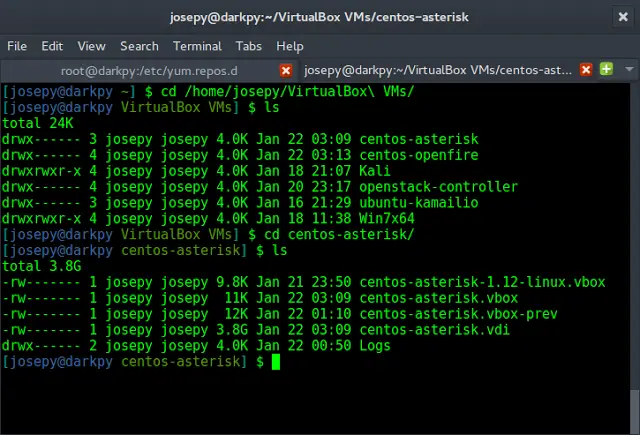scipy.stats.kappa4() is an Kappa 4 continuous random variable that is defined with a standard format and some shape parameters to complete its specification. The probability density is defined in the standard form and the loc and scale parameters are used to shift and/or scale the distribution.
Parameters :
q : lower and upper tail probability
x : quantiles
loc : [optional]location parameter. Default = 0
scale : [optional]scale parameter. Default = 1
size : [tuple of ints, optional] shape or random variates.
moments : [optional] composed of letters [‘mvsk’]; ‘m’ = mean, ‘v’ = variance, ‘s’ = Fisher’s skew and ‘k’ = Fisher’s kurtosis. (default = ‘mv’).Results : kappa4 continuous random variable
Code #1 : Creating kappa4 continuous random variable
# importing library from scipy.stats import kappa4 numargs = kappa4.numargs a, b = 4.32, 3.18rv = kappa4(a, b) print ("RV : \n", rv) |
Output :
RV : scipy.stats._distn_infrastructure.rv_frozen object at 0x000002A9D50D62C8
Code #2 : Johnson SU continuous variates and probability distribution
import numpy as np quantile = np.arange (0.01, 1, 0.1) # Random Variates R = kappa4.rvs(a, b, scale = 2, size = 10) print ("Random Variates : \n", R) |
Output :
Random Variates : [0.62293659 0.62825781 0.62377628 0.62308697 0.62665555 0.62802109 0.62872844 0.62728058 0.62679381 0.62297679]
Code #3 : Graphical Representation.
import numpy as np import matplotlib.pyplot as plt distribution = np.linspace(0, np.minimum(rv.dist.b, 3)) print("Distribution : \n", distribution) plot = plt.plot(distribution, rv.pdf(distribution)) |
Output :
Distribution : [0. 0.06122449 0.12244898 0.18367347 0.24489796 0.30612245 0.36734694 0.42857143 0.48979592 0.55102041 0.6122449 0.67346939 0.73469388 0.79591837 0.85714286 0.91836735 0.97959184 1.04081633 1.10204082 1.16326531 1.2244898 1.28571429 1.34693878 1.40816327 1.46938776 1.53061224 1.59183673 1.65306122 1.71428571 1.7755102 1.83673469 1.89795918 1.95918367 2.02040816 2.08163265 2.14285714 2.20408163 2.26530612 2.32653061 2.3877551 2.44897959 2.51020408 2.57142857 2.63265306 2.69387755 2.75510204 2.81632653 2.87755102 2.93877551 3. ]
Code #4 : Varying Positional Arguments
import matplotlib.pyplot as plt import numpy as np x = np.linspace(0, 5, 100) # Varying positional arguments y1 = kappa4 .pdf(x, 1, 3) y2 = kappa4 .pdf(x, 1, 4) plt.plot(x, y1, "*", x, y2, "r--") |
Output :






